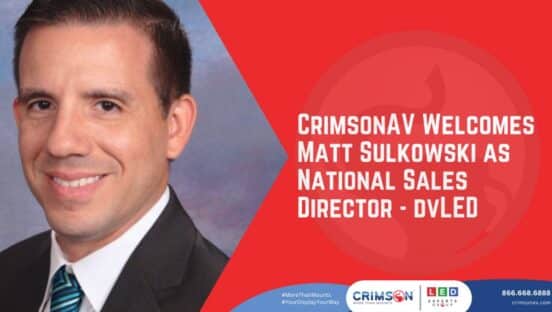Every Friday, members of Starbucks Treasury and Facilities teams set aside time to watch video footage taken by a drone flying over a shimmering 260-acre construction site on what was formerly a degraded landscape in Robeson County, North Carolina.
Week after week since last fall, they’ve been monitoring the progress of NC-47, a sprawling solar farm Starbucks has invested in as part of a new phase in the company’s commitment to renewable energy.
“When the camera pans out, you get a sense of the scale,” says Patrick Leonard, who sources renewable energy for Starbucks stores in the U.S. and Canada. “It’s a big deal.”
NC-47 will be fully operational by mid-May, its 149,000 solar panels delivering the clean energy equivalent to the electricity powering 600 Starbucks stores in North Carolina, Delaware, Kentucky, Maryland, Virginia, West Virgini,a and Washington, D.C.
Starbucks has invested in renewable energy since 2005, steadily increasing its investments in Renewable Energy Certificates to achieve a goal of obtaining 100 percent of the electricity powering global company-operated stores from renewable sources. Starbucks hit that target in 2015 and was the number one purchaser of renewable electricity in its sector on the Environmental Protection Agency’s Green Power Partnership Retail Top 30 in 2016.
The North Carolina facility reflects the company’s move away from energy-offset purchases only, in favor of direct engagement with the energy industry.
“The corporate sector is driving the conversation at the moment, which is a very interesting dynamic,” says Leonard. “We’re happy to partner with utilities to do this but we now also have options to engage with projects directly. For a company like Starbucks and some of the tech companies that use a lot of energy, to be able to source their needs in a positive way is a win-win. It’s also a way we can demonstrate our values.
“The investment in North Carolina has been a pilot for us. We have to test and learn. Then the goal is to take what we’ve learned and do more.”
Sam Kimmins of RE 100, a global campaign of leading businesses Starbucks joined in 2015, praised the company and others like it for “rewriting the rulebook for energy purchasing.”
“Their dynamic, collaborative and innovative approach is setting an example for businesses and utilities across America while showing millions of customers that Starbucks is serious about slowing climate change,” says Kimmins, who heads the Climate Group, which leads the RE 100 in tandem with another environmental nonprofit, CDP.
Wind-powered Starbucks in the Northwest
In Washington state, Starbucks is expanding its renewable efforts with wind power though a long-term contract with the local utility Puget Sound Energy. PSE’s Green Direct effort, an industry-leading renewable energy program for King County’s largest electric customers, will directly provide energy to power 116 Starbucks stores and the company’s roasting facility in Kent, Wash. Recently approved by the Washington Utilities and Transportation Commission, Green Direct will ultimately produce enough energy to power nearly 30,000 homes.
“Green Direct is a way Starbucks can select what type of energy we buy, rather than that being predetermined by the utility, so we can put the money we spend on electricity into renewable energy projects,” says Leonard.
“This is actually pouring clean, green energy into the same grid that these stores are connected to,” said Rebecca Zimmer, global director of environment at Starbucks. “This represents a direct investment that’s locally relevant and provides an innovative energy purchasing model we hope to see in other communities.”
Daniel T. Schwartz, director of the University of Washington’s Clean Energy Institute, said a commitment to renewable energy by major companies like Starbucks will ultimately impact the cost of clean electricity across the board.
“Everyone responsible for building a clean energy system – from the people that permit the project to the engineers and construction labor that builds it – learn from each project, so the more renewable energy generation facilities that get built in the US., the cheaper they get for everyone else to buy and use,” said Schwartz. “Starbucks commitment to being on the cutting edge of clean-energy-direct purchasing is lowering the cost for every subsequent clean-energy project.”



